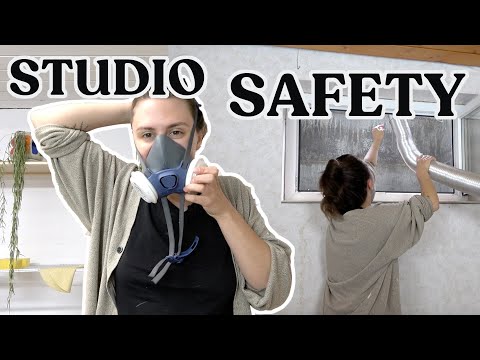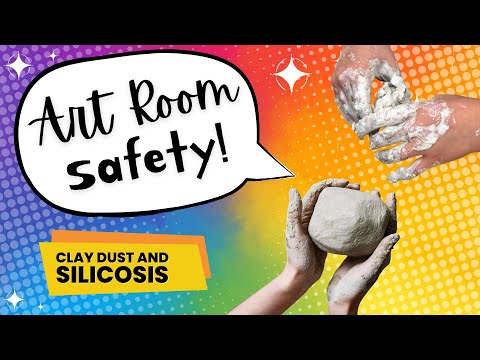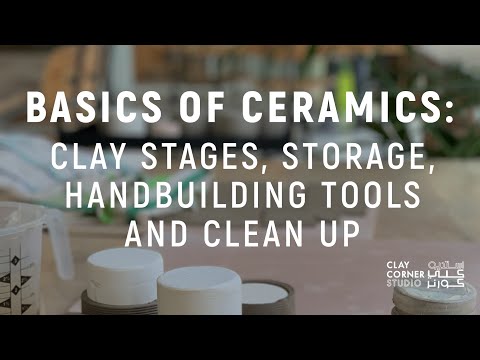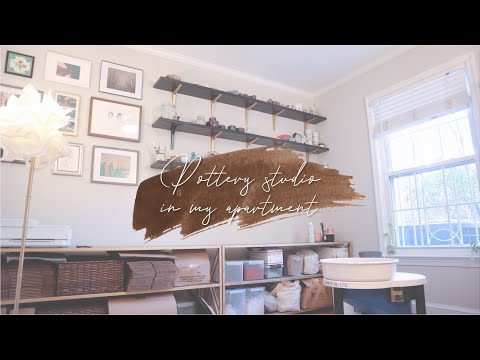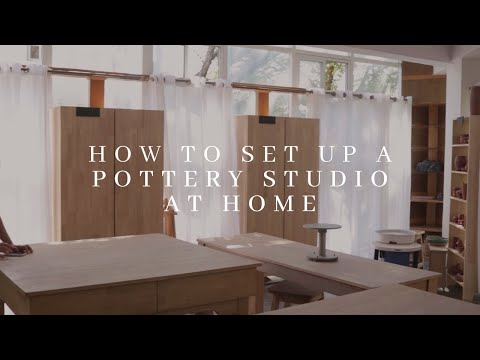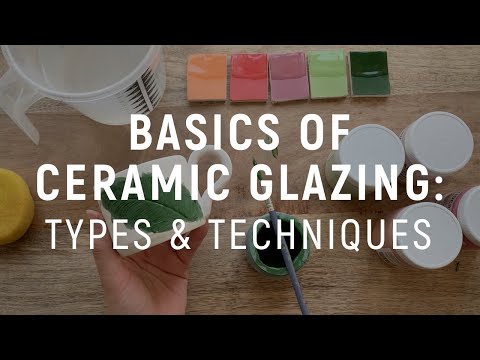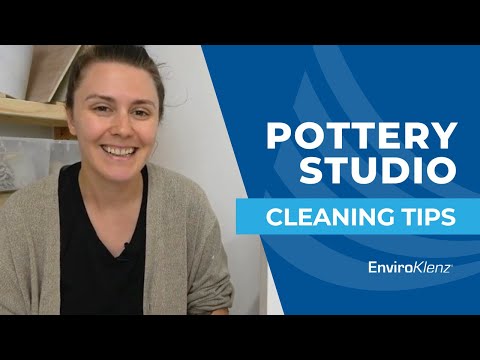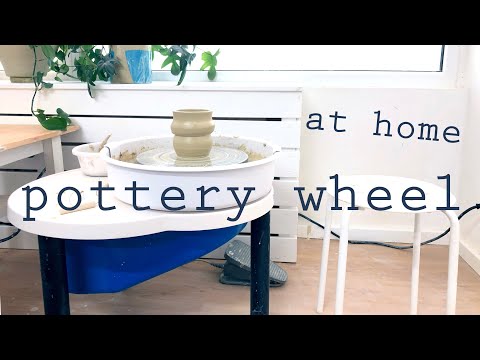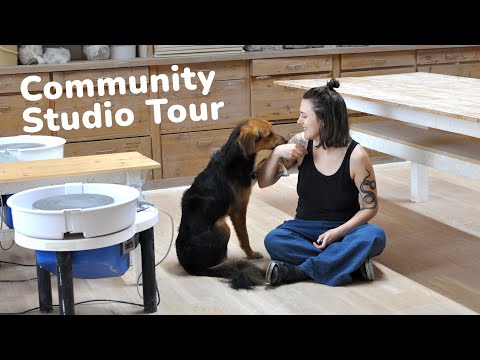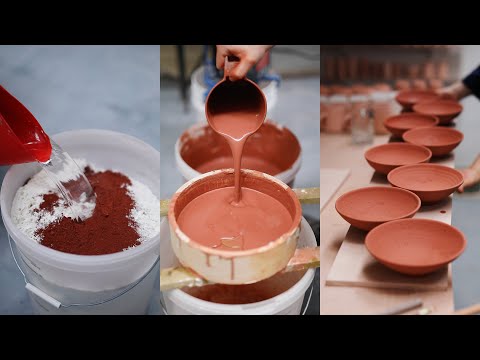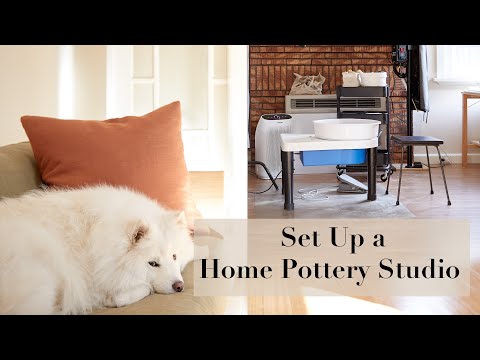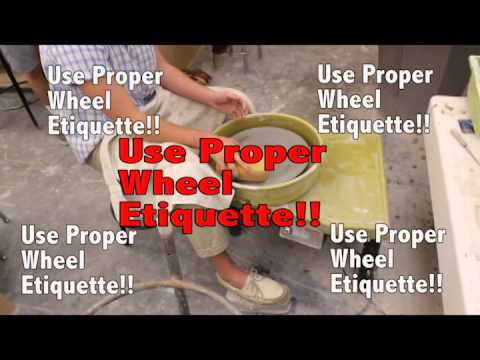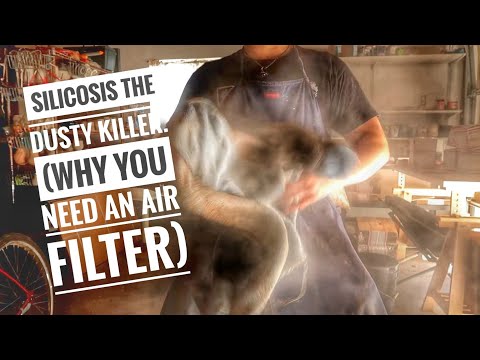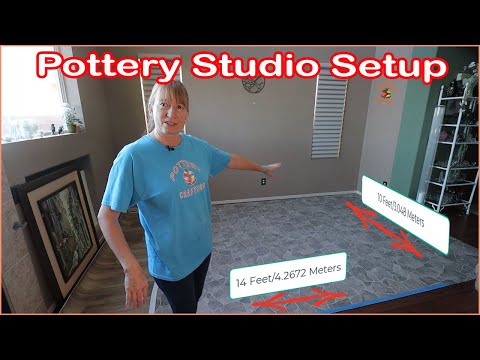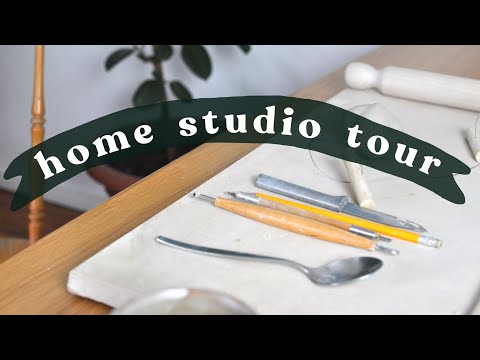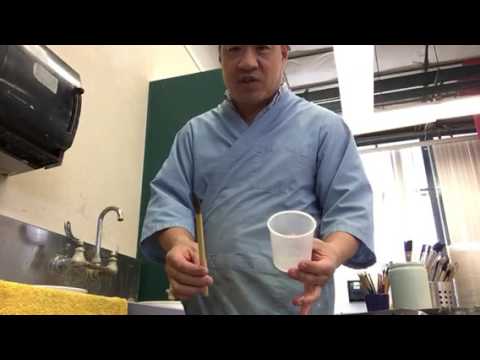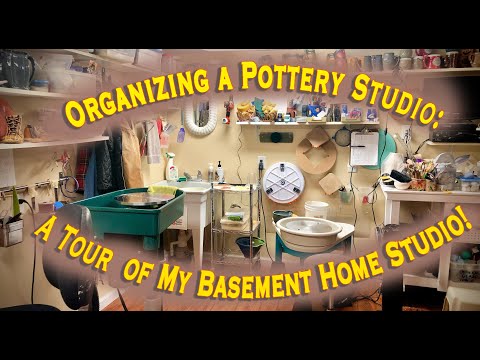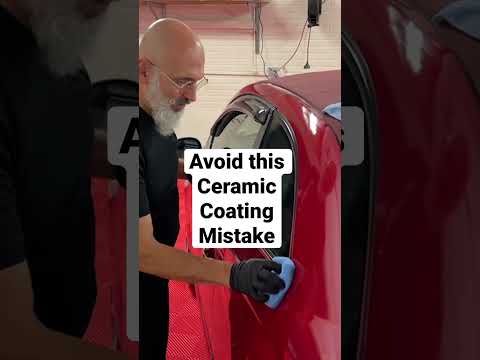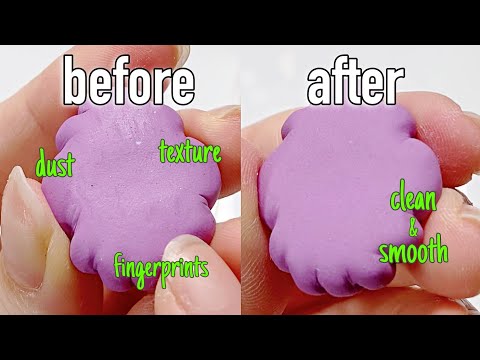Talking about best practices for a safe ceramic workspace, we’re diving into something super important. After all, keeping your creative space safe means you can focus on the fun part, making art!
First off, proper ventilation is a big deal. Whether you’re dealing with dust from clay or fumes from glazes and kiln firings, good air circulation is key. If possible, work near a window or use a fan to help circulate fresh air. And for those heavy-duty fumes, consider an air filtration system. It’s all about keeping the air in your workspace as clean as possible.
Next up, dust control. Clay dust isn’t just messy; it can be a health hazard if inhaled over time. A simple yet effective strategy is keeping your workspace damp – not wet, just a little moist – to keep the dust down. Regular sweeping helps too, but avoid dry sweeping which just kicks the dust back up. A vacuum with a HEPA filter is a great investment for a ceramic studio.
Now, let’s talk about personal protective equipment (PPE). This includes basics like masks and gloves. A good mask is essential, especially when sanding or dealing with materials that can become airborne. Gloves are great for handling chemicals or glazes. And don’t forget about eye protection – safety goggles are a must when you’re doing anything that could potentially send debris flying.
Safe storage of materials is another key aspect. Keep your chemicals and glazes stored in clearly labeled containers and out of reach if you have kids or pets around. This not only keeps things organized but also prevents accidental spills or mix-ups.
Fire safety is crucial, especially if you have a kiln in your workspace. Always keep a fire extinguisher nearby and ensure you’re familiar with how to use it. Also, make sure your kiln is in a well-ventilated area and away from any flammable materials.
And let’s not forget about ergonomics. This is about making sure your workspace is as comfortable as possible. Adjust your work surfaces to a comfortable height, use chairs that support your back, and take regular breaks to stretch. This helps prevent strain injuries which are pretty common in studio environments.
Last but not least, knowledge and training. Be sure you understand the materials you’re working with. Read up on the safety data sheets for your glazes and clays. Knowing what’s in your materials and how to handle them safely is a big part of maintaining a safe workspace.
Remember, safety in a ceramic studio is about creating a balance. You want a space that inspires creativity but also respects the materials and processes you’re working with. A little caution and preparation go a long way in ensuring you can enjoy your craft for years to come, worry-free.
